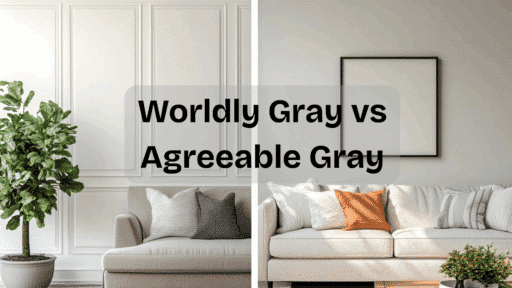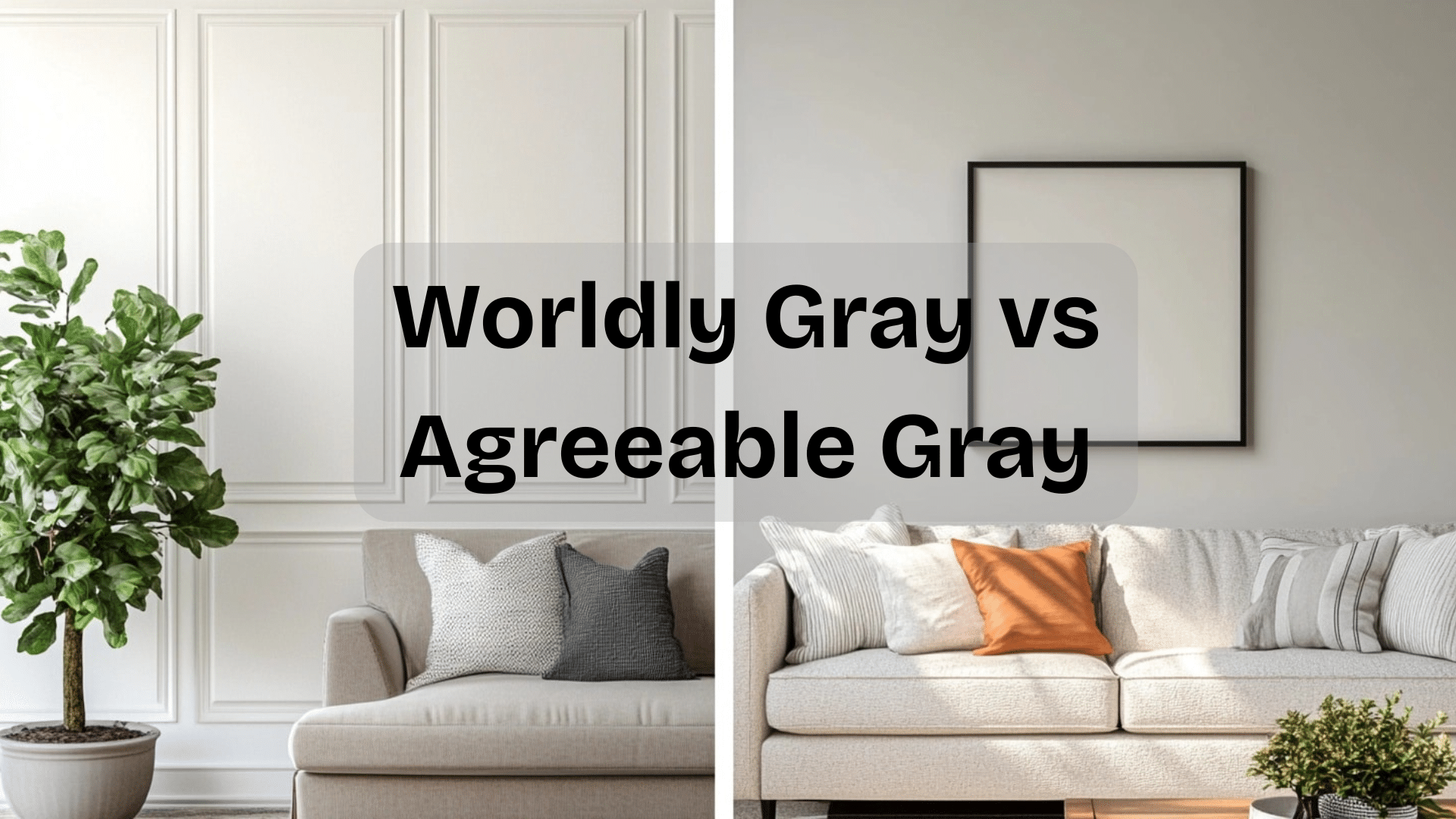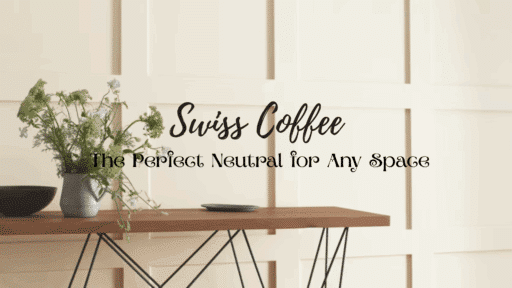Choosing the right paint color can be tricky, especially when it comes to neutrals. Gray is a popular choice for many homes, offering a versatile, timeless look. But not all grays are the same.
In this article, we’ll look into two of the most loved shades of gray: Sherwin-Williams’ Worldly Gray and Agreeable Gray. These colors are both neutral, but they have key differences that can alter the feel of your space.
I’ll help you understand what makes each color unique, focusing on its undertones and how lighting can affect its appearance in your room. Choosing the right shade is more than just picking a color—it’s about creating the perfect atmosphere for your home.
By the end of this guide, you’ll have a clear idea of which color works best for you. So, keep reading, and I’ll help you find the perfect gray for your space!
Understanding Worldly Gray and Agreeable Gray
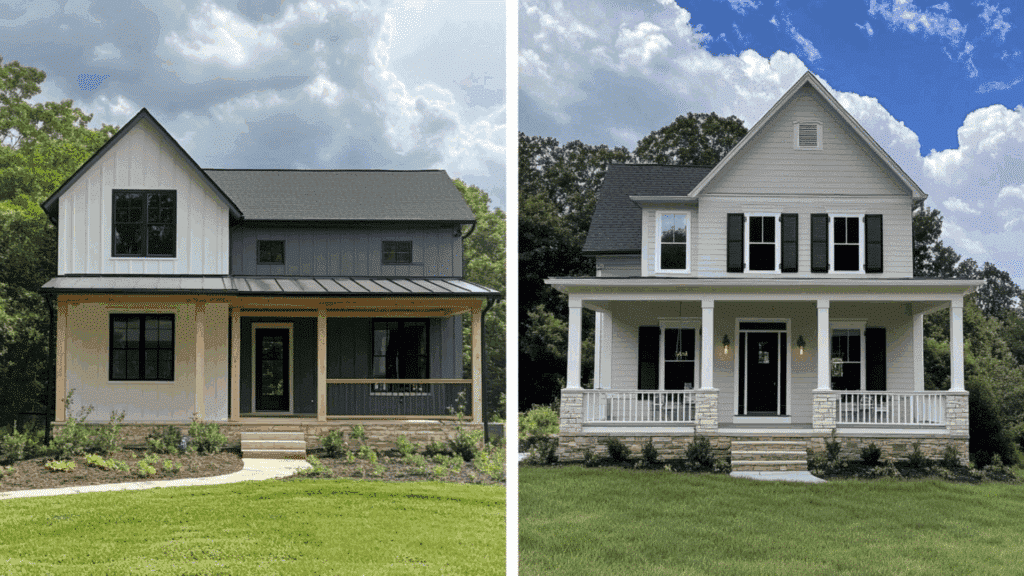
When you’re looking for the perfect neutral gray, Worldly Gray and Agreeable Gray are two popular choices. But how do you know which one is best for your space?
Worldly Gray is a warm gray with subtle hints of green and purple. It can add a cozy, modern feel to your room. This color works great in spaces where you want a little more depth.
On the other hand, Agreeable Gray is a lighter gray with beige undertones. It’s more flexible and works well in almost any room. Agreeable Gray will make your space feel bright and airy.
A quick look at their differences:
Worldly Gray
Warm undertones
Works well in modern or contemporary spaces
Ideal for kitchens and bathrooms
Agreeable Gray
Light and neutral
Perfect for living rooms, bedrooms, and dining areas
Pairs nicely with various furniture styles
Both are great, but understanding how they fit into your room is key. Continue reading to discover how lighting can impact each color.
Color Overview
Let’s take a closer look at Worldly Gray and Agreeable Gray. Both are stunning grays, but they have different characteristics that make them stand out.
Worldly Gray (SW 7043)
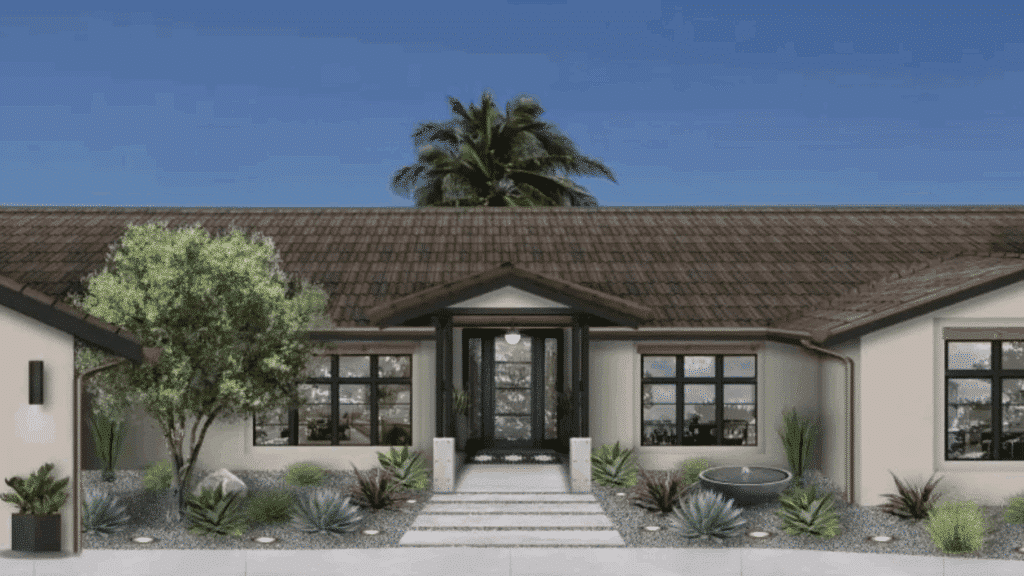
LRV: 57
Undertones: Warm green with subtle purple hints
Best for: Modern and contemporary spaces
Worldly Gray brings warmth to a room. Its subtle green and purple undertones give it a unique vibe. It’s perfect for a modern or contemporary space where you want a little more depth.
Agreeable Gray (SW 7029)
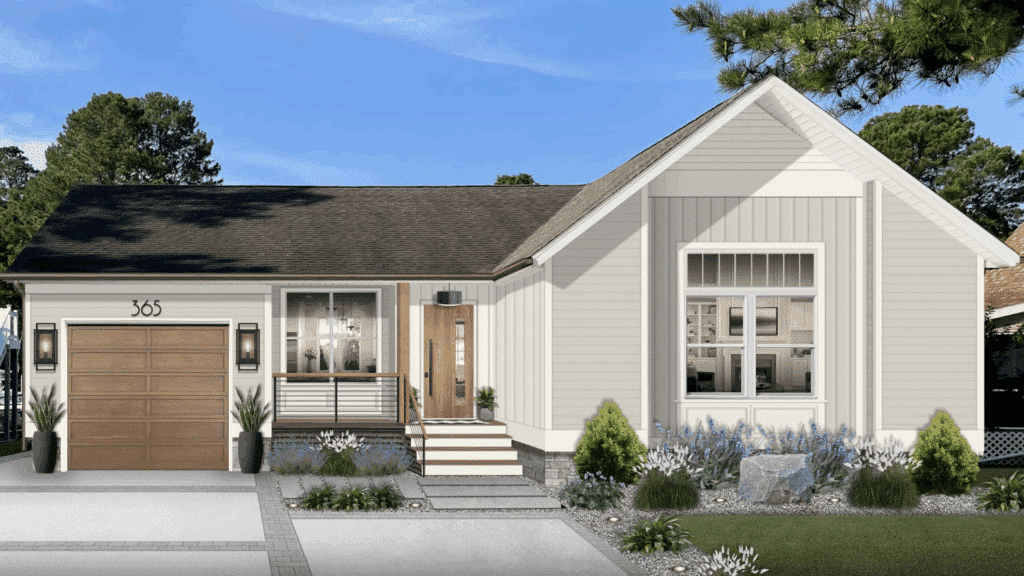
LRV: 60
Undertones: Warm beige-gray, adaptable to surroundings
Best for: Traditional and transitional interiors
Agreeable Gray is lighter. It features warm beige-gray undertones, making it versatile and easy to pair with a variety of design styles. If you love a neutral, adaptable shade, this is the one for you.
A quick comparison in a table:
| Color | LRV | Undertones | Best For |
|---|---|---|---|
| Worldly Gray | 57 | Warm green, subtle purple | Modern, contemporary spaces |
| Agreeable Gray | 60 | Warm beige-gray | Traditional, transitional interiors |
Both colors have their strengths. Which one suits your space better? Let’s dive into how lighting can change their look.
Undertones & Lighting Effects
Lighting can make a big difference in how your paint color looks. The way light hits the walls can bring out certain undertones that you might not notice in a paint swatch.
Worldly Gray can be tricky. In some lights, it might show more green or purple. If you have a room with abundant natural light, the green undertones may be more pronounced. But in rooms with less light, you could see more of the purple hue.
On the other hand, Agreeable Gray is more adaptable. The color may appear pink, yellow, or even tan, depending on the surrounding light. This makes it a great choice if you want a color that can blend easily into different spaces or lighting conditions.
Here’s how it breaks down:
Worldly Gray
More green or purple under certain lights.
Works best in rooms with plenty of natural light.
Agreeable Gray
Can reflect pink, yellow, or tan.
Perfect for rooms with varying light sources.
Always test your color in different lighting conditions before making a final choice. The last thing you want is a color that doesn’t match your expectations.
Where to Use These Colors in Your Home
Choosing between Worldly Gray and Agreeable Gray depends on the mood you want to create in each room. Let’s see how these colors perform in different spaces:
1. Bedroom
Worldly Gray
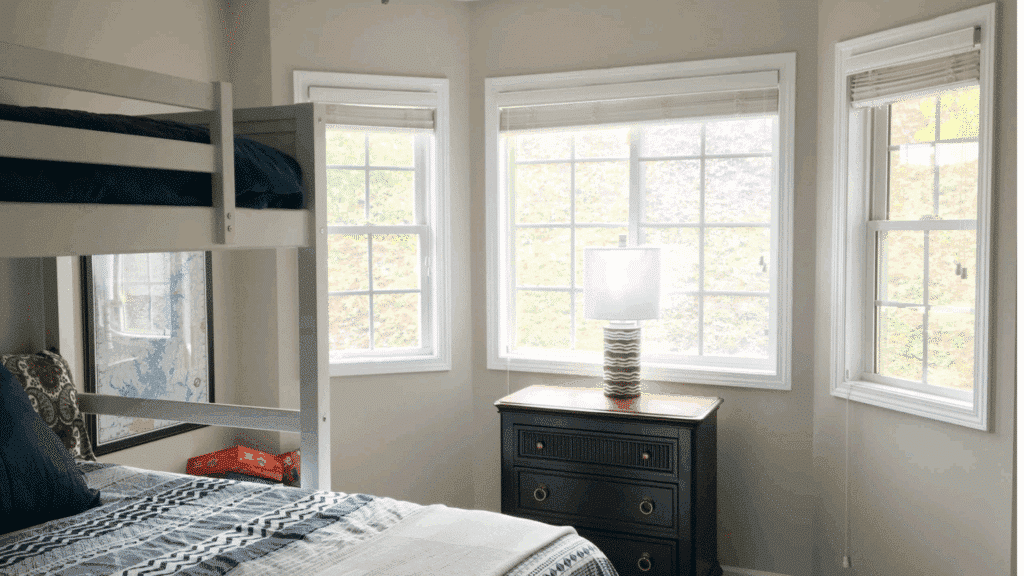
This color adds a warm, cozy feel. If you’re looking for a bedroom that feels relaxed and modern, Worldly Gray is a great choice. It’s perfect for a space where you want to wind down at night.
The subtle green and purple undertones create a soft, intimate atmosphere that encourages rest. If you have a lot of neutral or wood tones in your furniture, this color can tie everything together beautifully.
Agreeable Gray
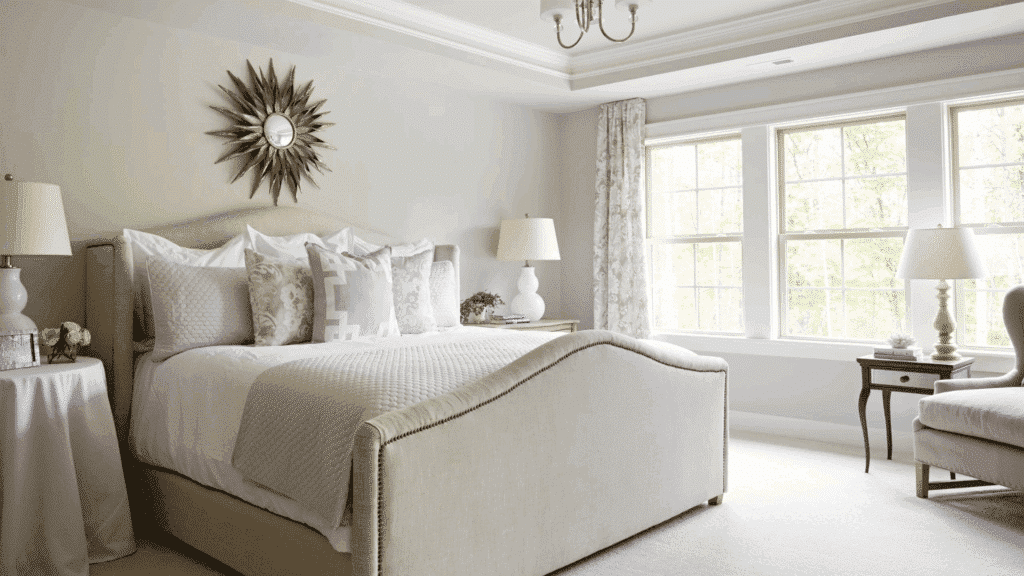
It’s a lighter and more neutral shade, which can help create a spacious and calming bedroom atmosphere. If you prefer a more airy, neutral space, Agreeable Gray is a suitable choice.
This color will reflect the light in the room, creating an open and breezy ambiance. It pairs easily with most bedding and decor, making it perfect for those who like to change their style with the seasons. It’s flexible and will blend nicely with whatever colors you choose for accent pieces.
2. Kitchen
Worldly Gray
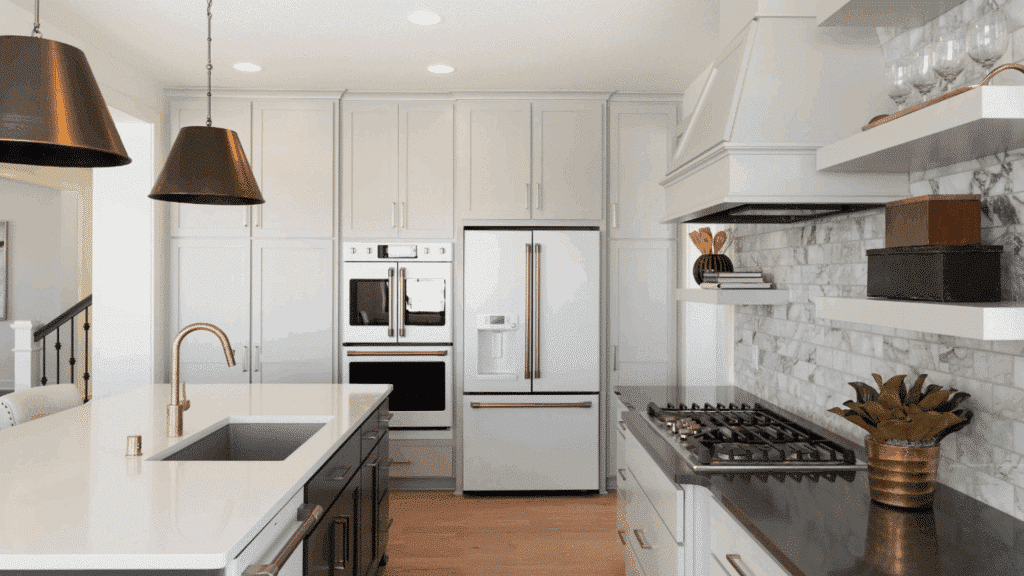
In the kitchen, Worldly Gray creates a warm, inviting atmosphere. It pairs beautifully with darker cabinetry or white countertops, adding a little depth without overpowering the space.
If you have an open-plan layout, it works well with various furniture styles and won’t clash with surrounding rooms. Worldly Gray can create a cozy atmosphere in a kitchen without feeling too dark, especially when paired with lighter-colored kitchen appliances and materials.
Agreeable Gray
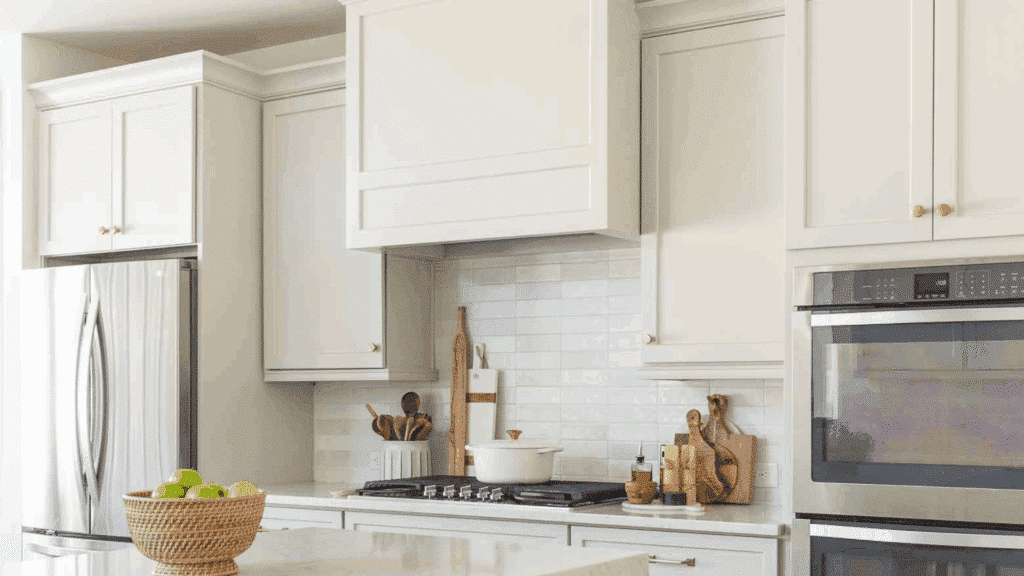
It’s bright and neutral, making it perfect for a more open and bright kitchen. If you have a lot of natural light, Agreeable Gray helps keep the room feeling fresh and clean. It works great with white or stainless steel appliances, making the kitchen feel modern and neat.
It also pairs well with a variety of countertop materials, such as granite, marble, or wood, making it a versatile choice. If you like a clean and simple look, this color will keep your kitchen looking sleek and timeless.
3. Bathroom
Worldly Gray
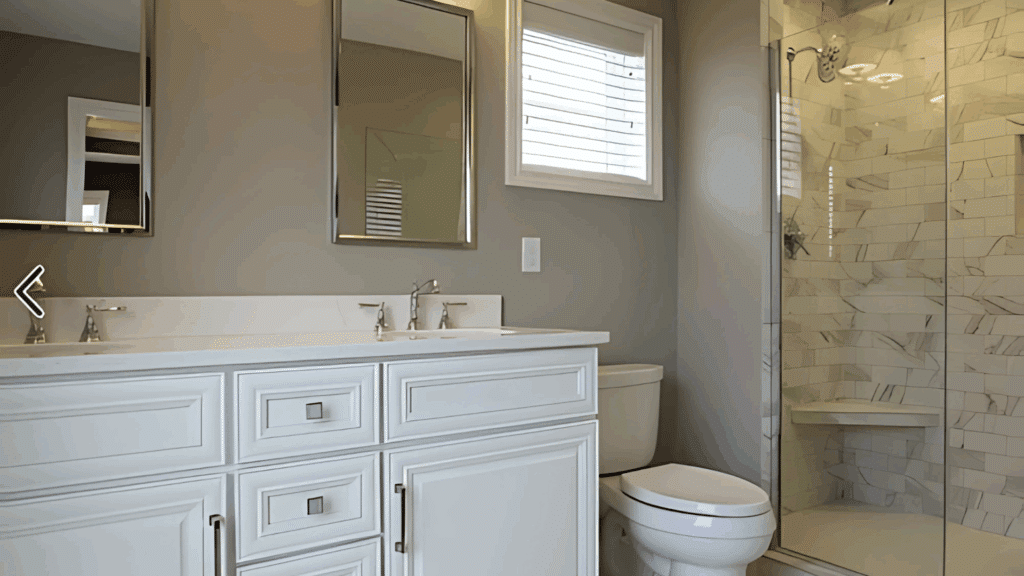
The warmth of Worldly Gray works well in bathrooms where you want a touch of coziness. It pairs nicely with both white and wood tones, creating a balanced and inviting space.
Worldly Gray also pairs well with darker bathroom finishes, such as black fixtures or navy-blue accents, without making the room feel too heavy. It’s an excellent choice if you want your bathroom to feel like a personal spa retreat—modern yet warm and inviting.
Agreeable Gray
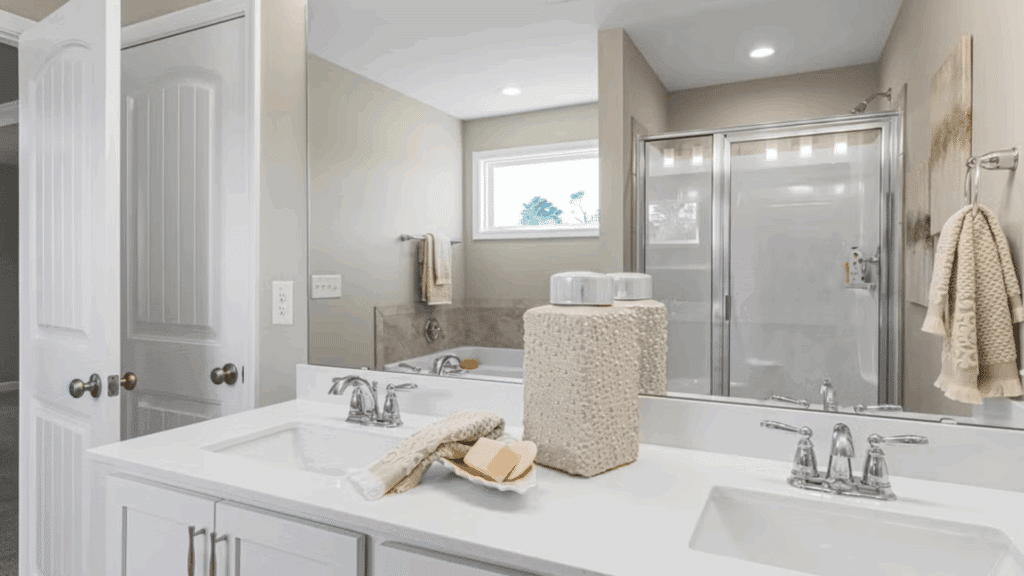
If you want a bathroom that feels airy and light, Agreeable Gray is your go-to choice. It makes smaller bathrooms feel bigger and brighter, reflecting light and creating an open space.
The neutral undertones blend well with various styles, from sleek and modern to rustic. Whether you have a small powder room or a large bathroom, Agreeable Gray will make the room feel fresh and clean without being too cold or sterile. It pairs well with white tile, chrome fixtures, or even natural stone, making it a very adaptable choice.
4. Living Room
Worldly Gray
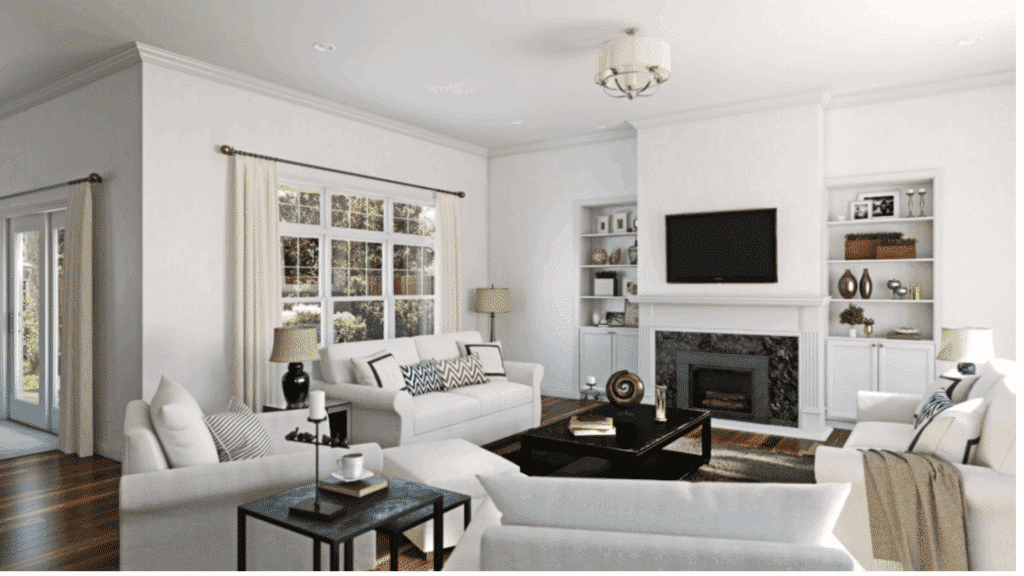
This color works well in both modern and cozy living rooms. The warm undertones can add a sense of comfort and depth, especially when paired with darker furniture or accent walls.
If you’re aiming for a more intimate and welcoming living room, Worldly Gray is the perfect choice. It can create a cozy, relaxing environment for family time or entertaining guests. When paired with natural light, it can appear softer, allowing you to create a room that feels both sophisticated and homey.
Agreeable Gray
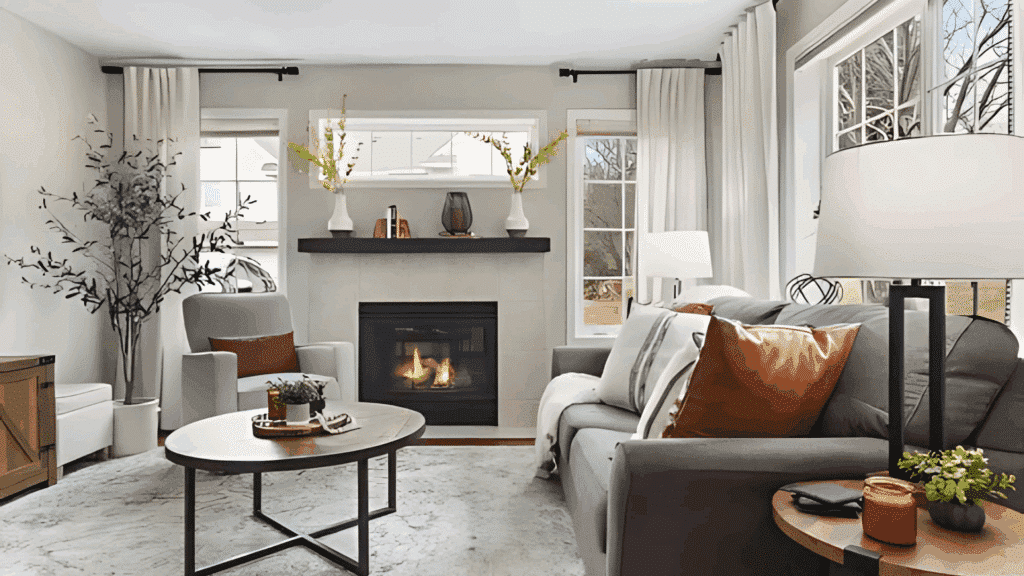
Ideal for creating a neutral living room that still feels inviting. It’s great for spaces with varying lighting, as it adapts to different surroundings. Agreeable Gray will reflect more light, making the room feel brighter and more open.
It works well with a wide range of furniture and decor styles, whether you’re using neutral tones, bold colors, or even patterns. This makes it a versatile and flexible choice if you enjoy regularly updating your living room’s decor. Whether you have a contemporary, traditional, or transitional style, Agreeable Gray will blend effortlessly into your space.
Pros & Cons Comparison
When it comes to choosing between Worldly Gray and Agreeable Gray, each color has its strengths and weaknesses. Let’s take a closer look at the pros and cons of each.
| Color | Pros | Cons |
|---|---|---|
| Worldly Gray | – Modern, stylish, feels perfect for contemporary spaces. | – Darker in low-light rooms, might not work well in dim areas. |
| – Subtle undertones of green and purple that add depth without being overpowering. | – It can appear too heavy if overused in small spaces. | |
| – Versatile with bold colors like navy, teal, or matte black. | – May not reflect as much light, making rooms feel smaller. | |
| Agreeable Gray | – Brightens spaces and reflects natural light well, especially in smaller rooms. | – Reflects surrounding colors, such as pink, yellow, or tan, based on the light and nearby decor. |
| – Neutral undertones that easily blend with many furniture and decor styles. | – May appear more beige or tan than expected depending on the light. | |
| – Widely adaptable to various styles, from modern to traditional. | – You might feel too safe if you want something more distinct. |
This table provides a clear side-by-side comparison to help you make the best choice based on your space’s needs and lighting conditions.
Tips for Choosing the Right Shade
Choosing the perfect shade isn’t always easy, but these tips can help you make the right decision.
1. Test Paint Samples
Always test your paint samples on your wall. Lighting can alter the appearance of color. What seems perfect in the store might look different in your room. Try the sample in different locations—near windows, in corners, and on walls with other sources of light.
2. Consider the Room’s Orientation
Consider the direction your room faces. Is it north-facing or south-facing?
North-facing rooms tend to have cooler, dimmer light. Warmer shades, such as Worldly Gray, can help balance this.
South-facing rooms get more sunlight, so cooler shades like Agreeable Gray work well.
3. Match the Color with Existing Furnishings
Look at the furniture and decor you already have. Does your room have a lot of wood tones or cooler colors?
Ensure your wall color complements your existing pieces. If you have dark furniture, you might prefer Worldly Gray. If you want a more neutral and fresh vibe, Agreeable Gray might be a better choice.
By following these tips, you can feel confident about your color choice. Just remember, testing is key!
Conclusion
In this guide, we explored the Worldly Gray and Agreeable Gray color palettes. While both are beautiful neutral grays, they have key differences.
Worldly Gray features warm green and purple undertones, making it an ideal choice for modern, cozy spaces. Agreeable Gray, with its beige-gray undertones, is a lighter and more versatile color, making it suitable for a variety of rooms and styles.
Ultimately, the best choice depends on your room’s lighting, furniture, and the mood you want to create. If you need a darker, cozier feel, Worldly Gray may be your go-to choice. If you want a lighter, more flexible option, Agreeable Gray is a great fit.
Feel free to explore more color options and resources on my website to find the perfect shade for every room. Happy painting!
Frequently Asked Questions
What Is LRV and Why Is It Important?
LRV stands for Light Reflectance Value. It measures how much light a paint color reflects. A higher LRV means a lighter color, while a lower LRV means a darker color.
Can I Use Worldly Gray in Small Rooms?
Yes, Worldly Gray works in small rooms, but it may feel darker if the room lacks natural light. Consider using it with light accents to create a balanced space.
Does Agreeable Gray Look Good with White Trim?
Yes, Agreeable Gray pairs beautifully with white trim. It creates a clean, classic look while brightening up the space, especially in rooms with plenty of natural light.

